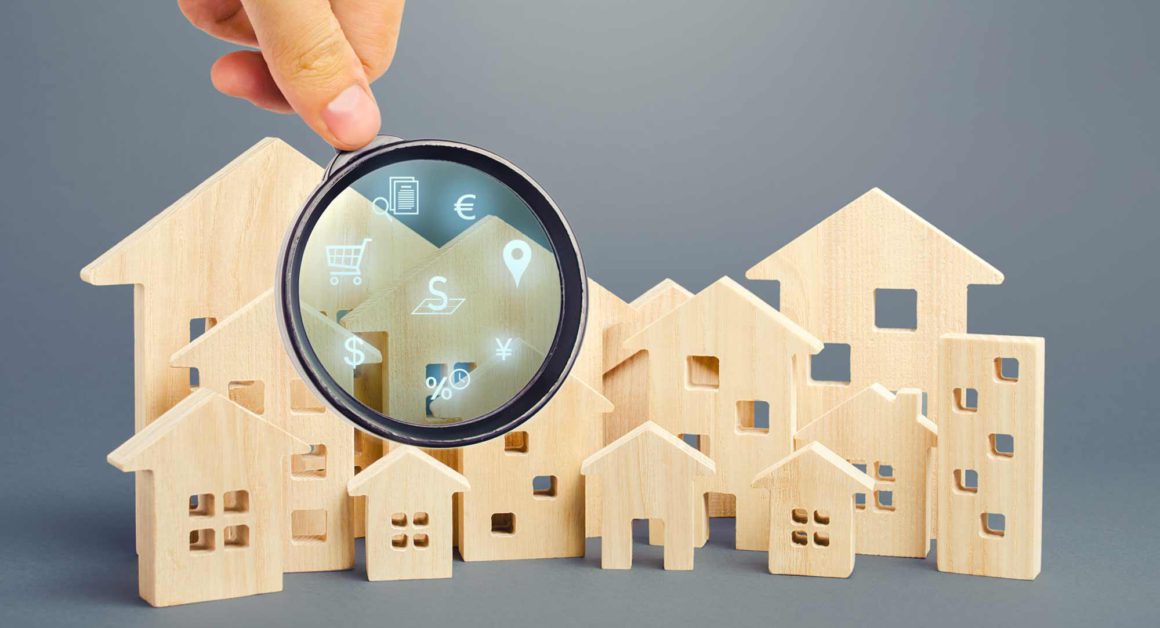National residential property listings fell in February 2021 by 2.7% to 257,592 from 265,116 in January 2021.
Compared to 12 months ago, listings are down by 13.1%.
The largest monthly decrease were in Adelaide, Brisbane, and Perth.
Compared to a year earlier, listing fell the most in Hobart and Adelaide.
Key Points
National residential property listings fell in February 2021 by 2.7%, falling to 257,952 from 265,116. Compared to 12 months ago, listings were down by 13.1%.
Nationally, new listings (Less than 30 days) jumped 52.4% over the course of February to 76,430 new properties added onto the market. New listings are up 6.0% over the year.
On a 12-month comparison, listings were up most in Melbourne (11.8%).
National asking prices rose by 0.7% for houses and 1.1% for units, over the month to 2 March 2021.
Total Listings

Nationally, new listings (Less than 30 days) jumped 52.4% over the course of February to 76,430 properties on the market, to be up 6.0% over the year. Canberra new listings jumped the most by 93.8% while Sydney also recorded a robust rise of 70.9%.

In a sign that absorption rates are increasing, listings over 180 days fell 8.5% for the month and are down 26.7% compared to this time, last year.
googletag.cmd.push(function() { googletag.display(‘div-gpt-ad-1591951428937-0’); });
Only Melbourne recorded a year-on-year increase in listings.
The key takeaway from February’s property listing numbers is that despite the rise in new listings nationwide (year-on-year and month-on-month), absorption rates are picking up pace, so much so that total listings actually fell over the same period. Right now demand is swamping supply.
And nowhere more is this the case than regional Australia.
Still, the big test is to come when JobKeeper ends at the end of this month.
If there is no evidence of a material fall in clearance rates over April, then nothing is going to stop the market until the day APRA steps to regulate lending in or we have a rate hike from the Reserve Bank.
Asking Prices
Over the past 30 days, national asking prices rose by 0.7% for houses and 1.1% for units. 
Compared to a year ago, national asking prices posted increases of 8.2% for houses and 6.2% for units.
Regional locations have pushed up the national average in a sign that the rental demand of 2020 has now translated into buyer demand causing sharp rises in prices.
In contrast, capital city asking prices have been flat the falling over the same period with Melbourne dragging down the capital city average.
Sydney and Hobart recorded substantial month-on-month increases in asking prices for houses while units in Melbourne continued to be a drag on the market.
googletag.cmd.push(function() { googletag.display(‘div-gpt-ad-1592314976732-0’); });
Read more: propertyupdate.com.au

